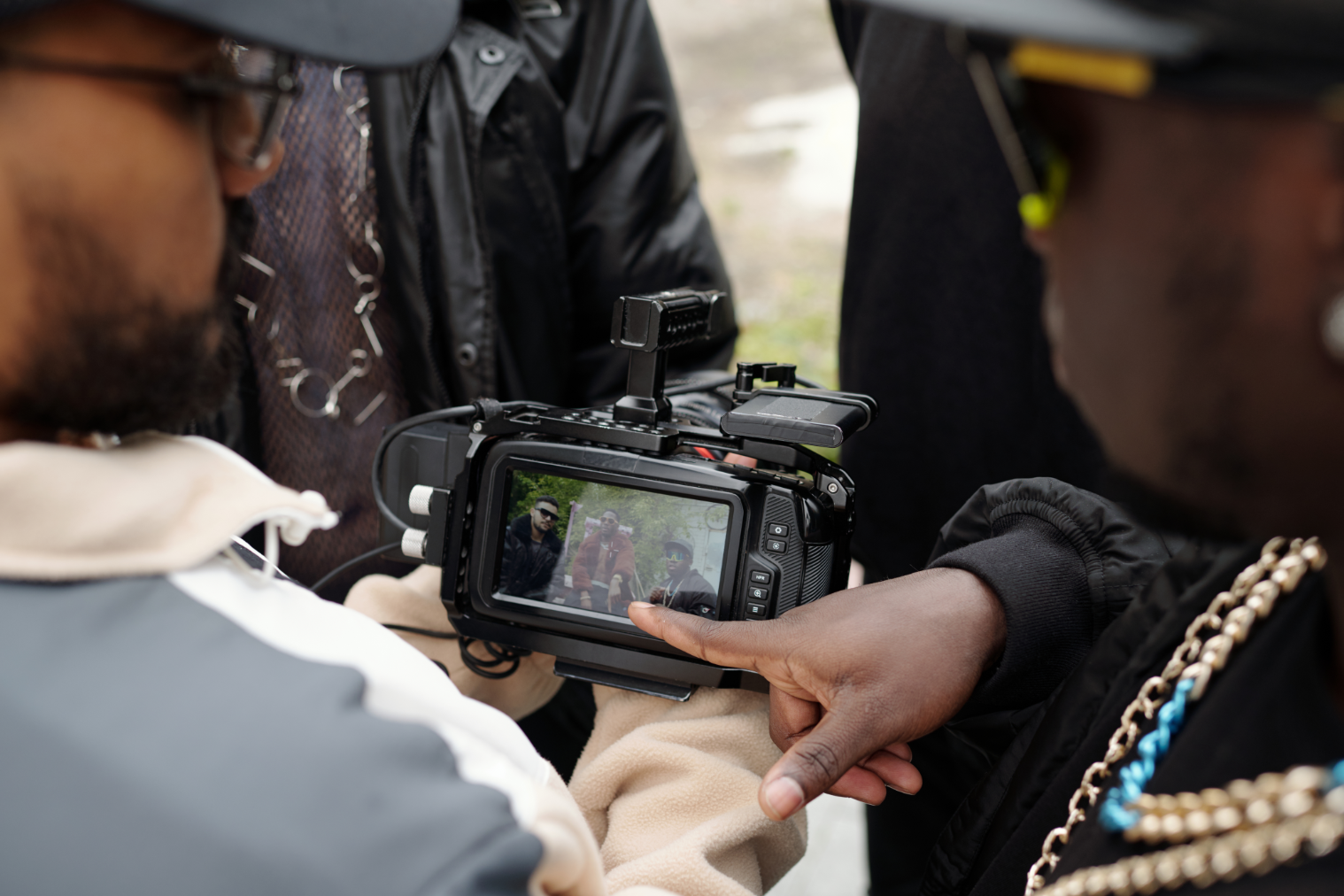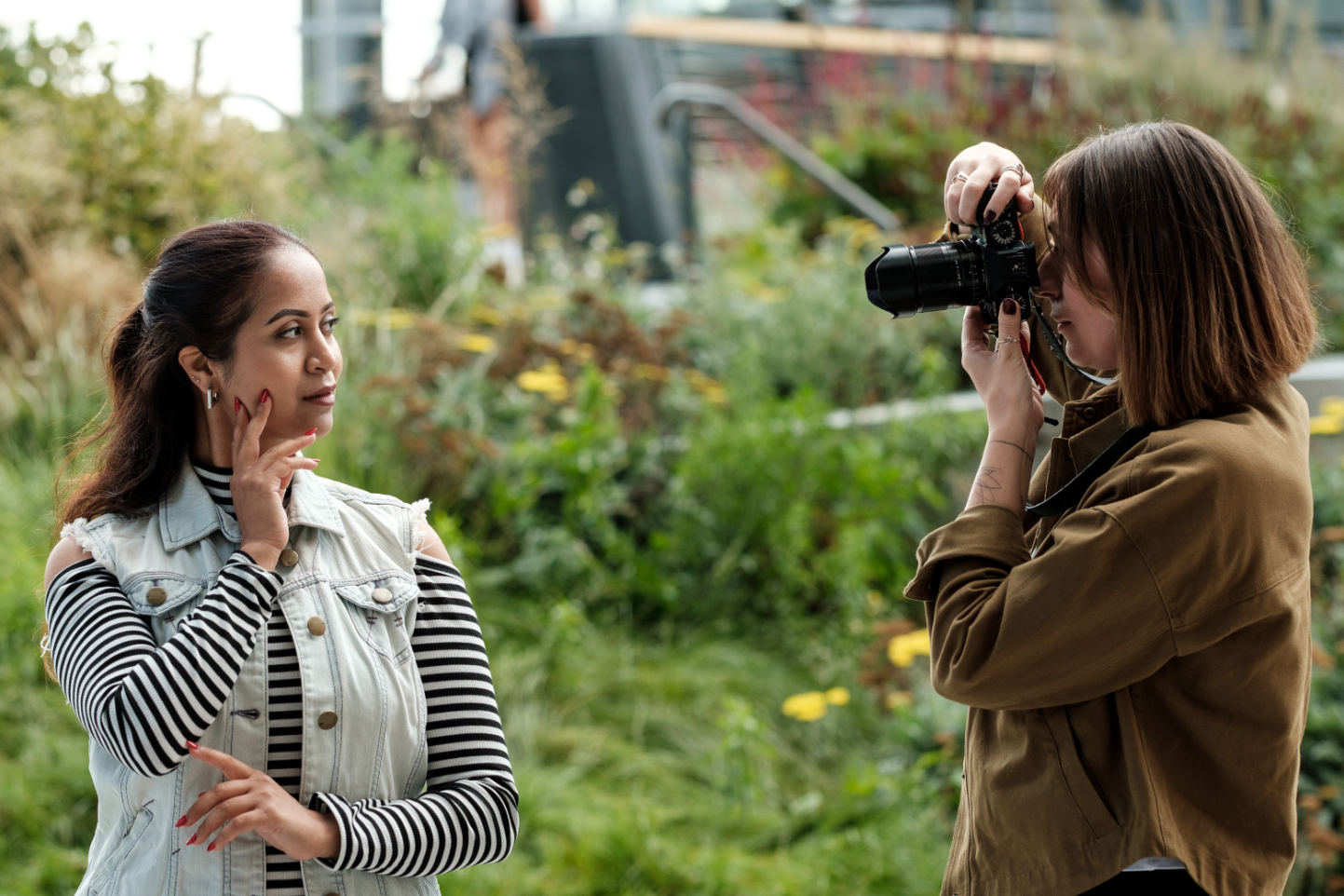Elevate Visuals: 7 Pro Camera Movement Techniques

In the world of filmmaking and video production, a static shot can be powerful, but true cinematic magic often comes to life when the camera moves. Beyond simply pointing and shooting, intentional camera movement breathes life into your visuals, guides your audience's eye, conveys emotion, and significantly elevates your storytelling. It’s the difference between merely showing a scene and truly immersing your viewer within it.
Whether you're crafting a high-budget feature film or a compelling short-form piece for social media, mastering camera movement techniques is a game-changer. It's an art form that requires practice, precision, and an understanding of its narrative impact. Ready to transform your visuals from good to extraordinary? Let's dive into seven professional camera movement techniques that will give your content that polished, dynamic edge.
The Foundation: Dynamic & Tracking Shots
These techniques involve physically moving the camera through space, often requiring specialized equipment but yielding incredibly smooth and impactful results. They're essential for establishing environments, following subjects, and building narrative momentum.
Dolly / Tracking Shot
A dolly shot involves mounting the camera on a wheeled cart (dolly) that moves along a track or a smooth surface. This allows the camera to glide seamlessly alongside, towards, or away from a subject. The beauty of a dolly shot lies in its ability to reveal information, build suspense, or emphasize the relationship between a character and their environment without disrupting the shot's stability.
- Practical Tip: Plan your track meticulously. Ensure it’s level and free of obstructions. Consider the speed of the dolly – a slow track can build tension, while a fast one can convey urgency. Experiment with pushing the dolly parallel to your subject for a classic follow, or towards/away to enhance emotional intimacy or isolation.
Crane / Boom Shot
The crane or boom shot takes your camera to new heights, literally. It involves mounting the camera on a crane or jib arm that can extend and move vertically, horizontally, or in sweeping arcs. These shots are incredibly versatile, used for grand establishing shots, dramatic reveals, or smooth transitions between different levels of action. They offer a god-like perspective, adding a sense of scale and spectacle.
- Practical Tip: While complex, even smaller jibs can achieve impressive results. Focus on fluid, consistent motion. Practice combining crane movements with subtle pans or tilts at the end of the movement to reframe and land on your desired composition. Always prioritize safety when operating a crane.
Emphasizing Subject & Perspective
These techniques revolve around rotating the camera from a fixed position, allowing you to direct attention, expand the frame, or convey a character's gaze. They are fundamental for effective framing and guiding the viewer through a scene.
Pan
A pan shot involves rotating the camera horizontally from a fixed axis. It's like turning your head from left to right. This movement is perfect for revealing a wide landscape, following a character moving across the screen, or connecting two subjects within the same shot. It can create anticipation, show the vastness of a scene, or simply track action smoothly.
- Practical Tip: Smoothness is paramount for a professional-looking pan. Use a fluid head tripod and practice a consistent speed. Start and end on a clear, well-composed frame, and avoid "searching" for your subject. A quick pan can signify rapid action or a sudden shift in attention, while a slow pan can build suspense.
Tilt
Similar to a pan, a tilt shot involves rotating the camera vertically from a fixed axis – moving the camera up or down. Tilts are excellent for revealing height, emphasizing a character's reaction (from their feet to their face), or showing the scale of a tall object. It directs the viewer's gaze in a deliberate vertical path, adding a layer of visual storytelling.
- Practical Tip: As with panning, a fluid head is your best friend. Practice starting and stopping gently to avoid jarring movements. Consider how the tilt affects pacing: a slow upward tilt can build awe, while a quick downward tilt can reveal something shocking or vulnerable.
Pedestal
A pedestal shot involves physically moving the entire camera unit up or down, perpendicular to the ground, without changing its horizontal position or angle. Unlike a tilt, where the camera's angle changes, a pedestal maintains a consistent lens perspective while elevating or lowering the viewpoint. This technique is often used to adjust the framing, follow a character standing up or sitting down, or subtly shift the audience's eye line within a scene.
- Practical Tip: Pedestal movements are often subtle. Use a sturdy tripod with a good center column or a camera stand designed for smooth vertical adjustments. Ensure your vertical movement is even and consistent to avoid wobbles. It's great for dynamically following conversations where characters change their height.
Immersion & Emotional Impact
These advanced techniques leverage specific equipment or shooting styles to achieve highly immersive, stable, or raw perspectives that draw the audience directly into the action or the character's experience.
Handheld
Handheld camera work is exactly what it sounds like: holding the camera directly in your hands without a tripod or other stabilization. While it can introduce a naturalistic, raw, and sometimes shaky feel, this isn't necessarily a bad thing. Handheld shots are incredibly effective for creating a sense of immediacy, subjectivity, and intimacy. They can convey chaos, urgency, a character's POV, or a documentary-style realism that draws the audience directly into the scene.
- Practical Tip: Don't just shake the camera randomly. Use your body as a natural stabilizer, breathing deeply and moving deliberately. A shoulder rig can greatly improve comfort and control, allowing for more stable handheld shots while retaining the organic feel. Practice your footwork and anticipate movements.
Steadicam / Gimbal Shot
For ultimate smoothness and fluidity, the Steadicam or a modern gimbal stabilizer is indispensable. These devices isolate the camera from the operator's movements, allowing for incredibly stable, floating shots, even over challenging terrain or through complex environments. They are perfect for long, uninterrupted takes, following characters seamlessly, or creating dreamlike, elegant sequences that immerse the viewer without distraction.
- Practical Tip: Achieving proficiency with a Steadicam or gimbal requires significant practice. Balance is crucial for both, and mastering the "Steadicam walk" (bending knees, heel-to-toe walking) is key. Gimbals are generally easier for beginners, but both offer unparalleled control over smooth camera movement. Plan your route meticulously for complex tracking shots.
Conclusion
Mastering camera movement is more than just a technical skill; it's a powerful storytelling tool. By strategically employing techniques like dolly shots to reveal, pans to connect, tilts to emphasize, or handheld to immerse, you can guide your audience's emotions and understanding in profound ways. These seven techniques are fundamental building blocks for any aspiring or professional filmmaker looking to elevate their visual narrative.
Don't be afraid to experiment, combine movements, and find what best serves your story. Practice is key, and with each shot, you'll discover new possibilities for bringing your vision to life. Ready to take your filmmaking to the next level? Explore more resources and connect with industry experts. For any production needs or to discuss your next project, feel free to reach out to the team at FilmBaker – we're here to help you turn your cinematic dreams into reality. Contact FilmBaker today!


